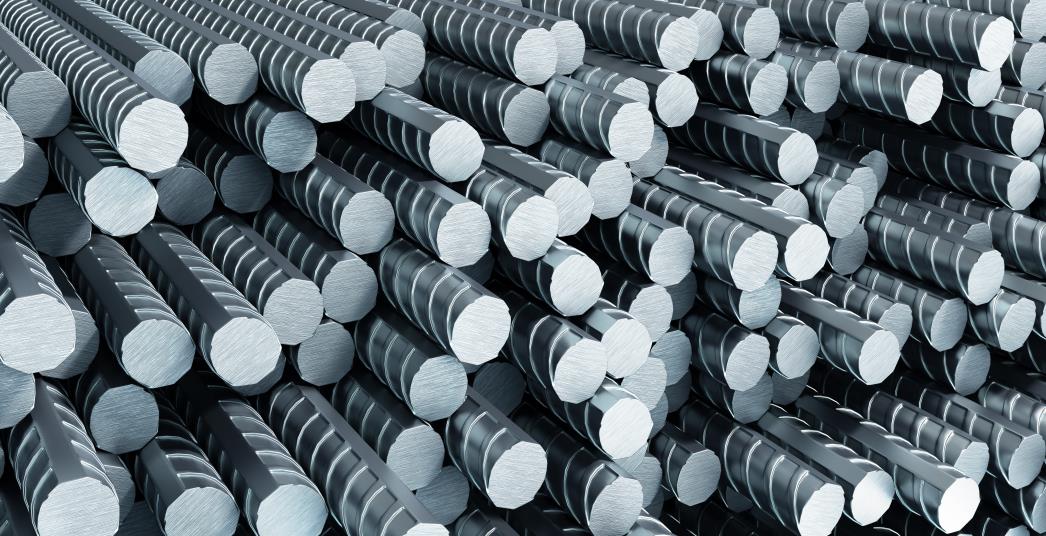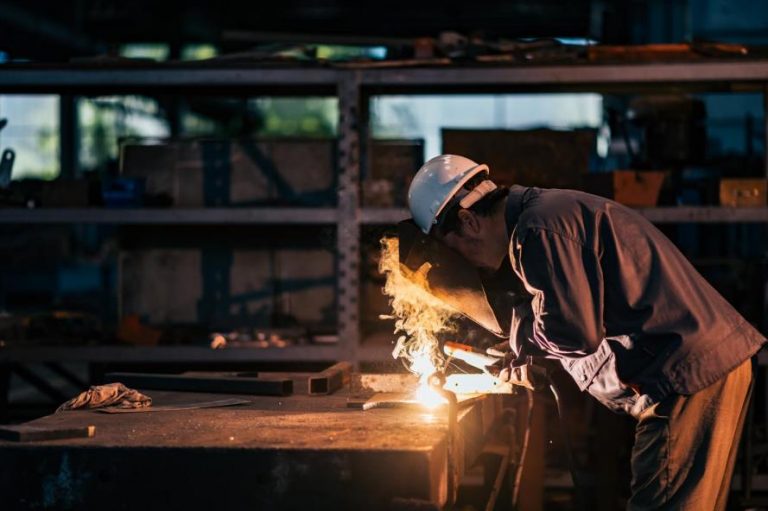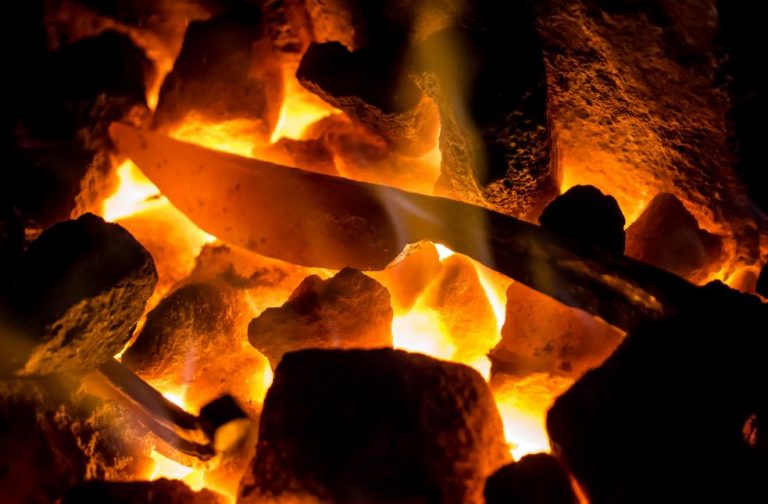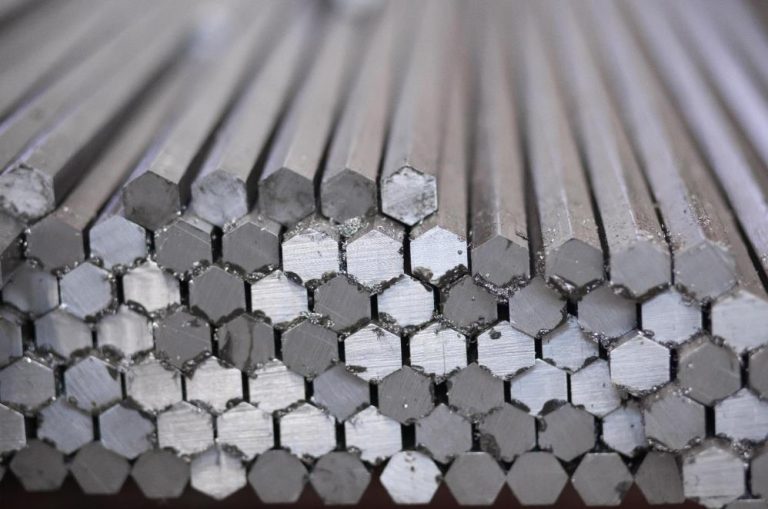AUS-8 steel, like the other varieties in the Japanese steel category, is popular among a different range of buyers. Today, we can see a variety of knives made from AUS-8 steel, including Japanese and western kitchen knives, pocket knives, outdoor knives, and many others.
There are plenty of reasons to discover why AUS-8 is such popular steel for knives. This review article will cover everything you need to know about AUS-8, study its composition and properties, compare it with other Japanese alternatives, and conclude what type of consumers can favor it the most.
Aus 8 steel composition
- Carbon: 0.70 to 0.75%
- Chromium: 13 to 14.50%
- Silicon: 1%
- Manganese: 0.50%
- Nickel: 0.49%
- Molybdenum: 0.10 to 0.30%
- Vanadium: 0.10 to 0.26%
- Phosphorus: 0.04%
- Sulfur: 0.03%
AUS 8 steel properties
The chemical composition of steel certainly doesn’t mean much to a typical customer interested in a particular knife. However, each figure in the steel’s chemical makeup affects the properties you get from it. Here is a detailed breakdown of what to expect from an AUS-8 Japanese stainless steel.
Hardness
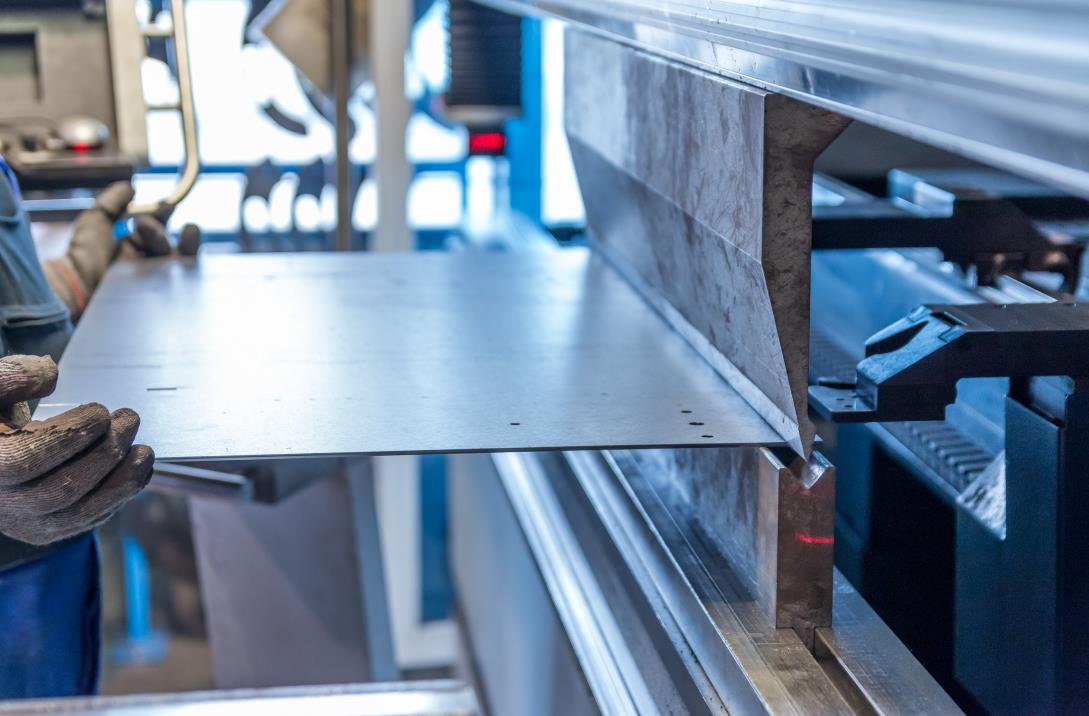
AUS-8 steel doesn’t have exceptionally high amounts of carbon but has enough to enable it to reach an average hardness of 59 HRc. This degree of hardness is adequate for us to deem AUS-8 hard steel for both kitchen and outdoor purposes.
While hardness isn’t everything for steels used for knife blades, it gives us a big hint on the other traits. This practice surely applies to AUS-8 but not entirely in certain aspects.
Edge retention
One definite area where hardness has a direct impact on knife blades is edge retention. The harder the steel, the better edge retention we expect, and vice versa. AUS-8 steel knives offer more than decent edge retention that can satisfy and please an average user.
However, the expectation your customers have for the edge retention varies. Someone who’s chopping foods all day long, five days a week – a professional chef – would expect better edge retention than a home cook.
The same applies to regular hunters that go out multiple times a week. The more the knife gets used, the quicker it will dull. An average user’s opinion may vary, but professionals will look for something better. Consider AUS-10 or other steel with better edge retention if your target customers consist of experts and frequent users. Nonetheless, AUS-8 knife blades have satisfying edge retention that lasts for long periods and will satisfy most users.
Wear resistance
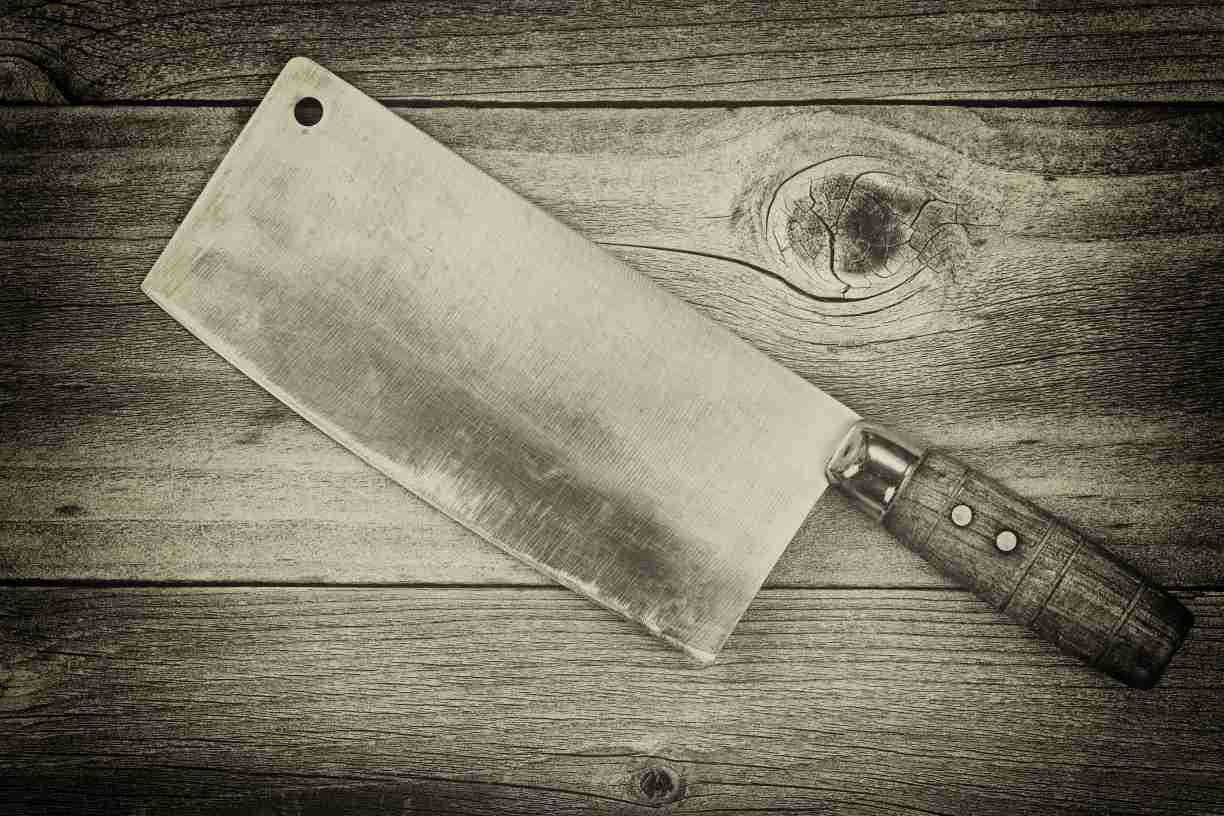
Another area hardness has a direct influence is the wear resistance. This refers to how well the steel resists material loss from friction and other actions. An example of this in knives is the scratches showing on the blade. A knife with poor wear resistance will shed material from impacts easily. Therefore, show scratches and marks sooner.
AUS-8 has more than adequate wear resistance as a knife blade material. Whether in the kitchen or the woods, it will please the user. Nevertheless, it will eventually show scratches and other marks, but not quickly. Depending on use, it can take weeks to months to see material wearing down from an AUS-8 knife blade.
Corrosion resistance
One of the reasons AUS-8 is preferred for knives is its incredible ability to resist corrosion. For steel with this good edge retention and easy sharpening, AUS-8 offers amazing corrosion resistance. Undoubtedly, you can get better stainless steel in every aspect, including corrosion resistance, but they are most likely to come with a higher price tag.
A large portion of the maximum 14.50% chromium in AUS-8 is released into the solution during the steel’s austenite phase. The chromium to carbon ratio (Cr:C) of AUS-8 further contributes to corrosion resistance. Compared to other steel with more chromium content, it performs better than those that also have much higher carbon amounts.
These aren’t to say that AUS-8 is completely resistant to rusting. Neglected care and keeping the knife in unfavorable environments for prolonged periods should be avoided. Otherwise, just like many other medium-grade stainless steel, AUS-8 can rust on you. Rusting on AUS-8 blades tends to appear in small, concentrated spots.
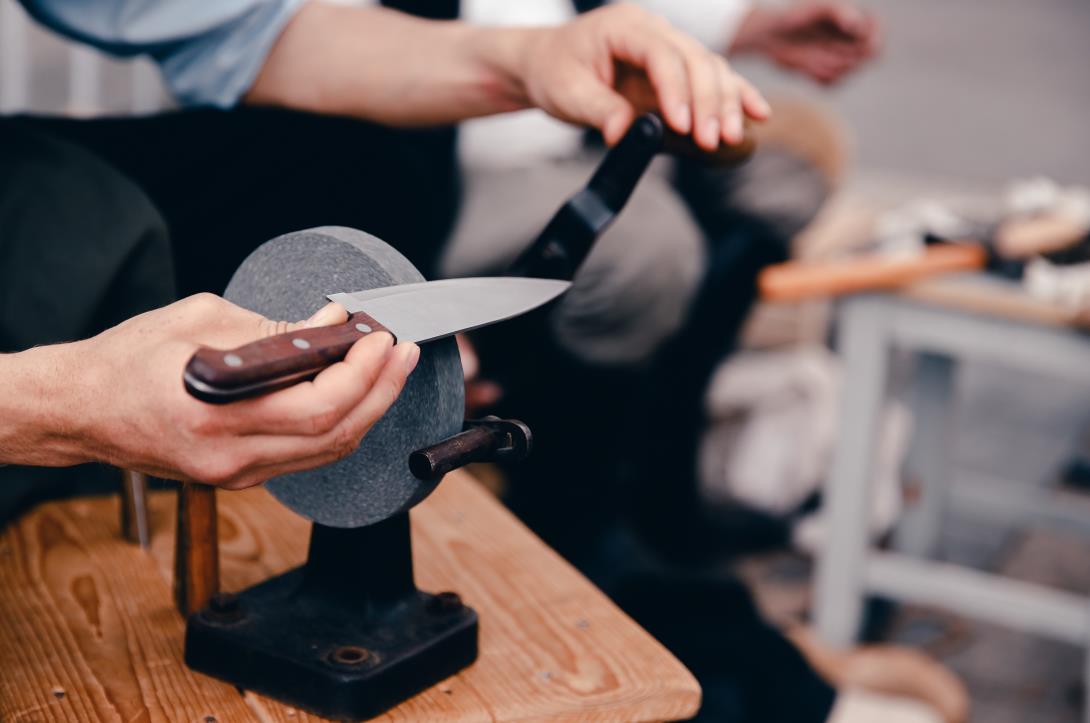
The wear resistance discussed above can have a negative impact on the sharpening ease. As we sharpen knives by removing material from the blade’s edge to create a new, sharper one, the high wear resistance can pose a challenge. Luckily, steels have an interesting balance to them. While one thing goes down, another tends to go up.
Because AUS-8 isn’t exceptionally hard and doesn’t have the wear resistance premium steels offer, sharpening is moderately easy. Still, many other things affect sharpening ease other than wear resistance. AUS-8 steel has fine carbides that add to the easy sharpening and how sharp the knife gets.
Since Japanese chefs favor extreme sharpness to perfect those intricate slices, it had to be this way and AICHI, the company behind this steel, delivered it. Overall, AUS-8 steel knives are a piece of cake to sharpen for the end-user using standard sharpening equipment.
Toughness
AUS-8 steel’s toughness varies depending on the heat treatment. AUS-8 is tough with proper heat treatment. However, it isn’t as great to say that it will take abuse lightly. Using it on heavy-duty work can give you a chipped edge so soon.
The 0.49% nickel content helps with the toughness of AUS-8 but not to a degree we can call it incredibly tough. For general kitchen work and outdoor tasks, AUS-8’s toughness will be adequate, but if you’re demanding more than just average work, it can disappoint.
When AUS-8 chips, it mostly happens in tiny scopes. In a kitchen environment, chipping depends on the work performed. Slicing and general-purpose chopping won’t lead to a chipped edge quickly. An AUS-8 knife chipping will be more noticeable in outdoor use. Since AUS-8 has a fine grain structure, the chips will be tiny. Sharpening and polishing the edge will fix the edge.
Who should get AUS 8 steel made knives
The knives made from AUS-8 steel are suitable for average users that want decent quality. It certainly offers more than what the average user is accustomed to but falls behind in many aspects the professionals and serious knife enthusiasts desire.
AUS-8 is a moderately priced, medium-grade steel with plenty of uses in the knife world. It’s a Japanese steel that has proven to stay popular among a wide range of users in different types of blades.
AUS-8 was the primary reason Misen gained massive popularity back in 2015 on Kickstarter where they launched their first chef knife manufactured by this steel. The brand is now a household name in the US, thanks to the satisfying quality AUS-8 brings at a relatively fair price.
Buy Wholesale Knives and Start Scaling up with Us Today
Contact us and connect with a sales rep to get a free quote.
What to expect from AUS 8 as a knife blade material
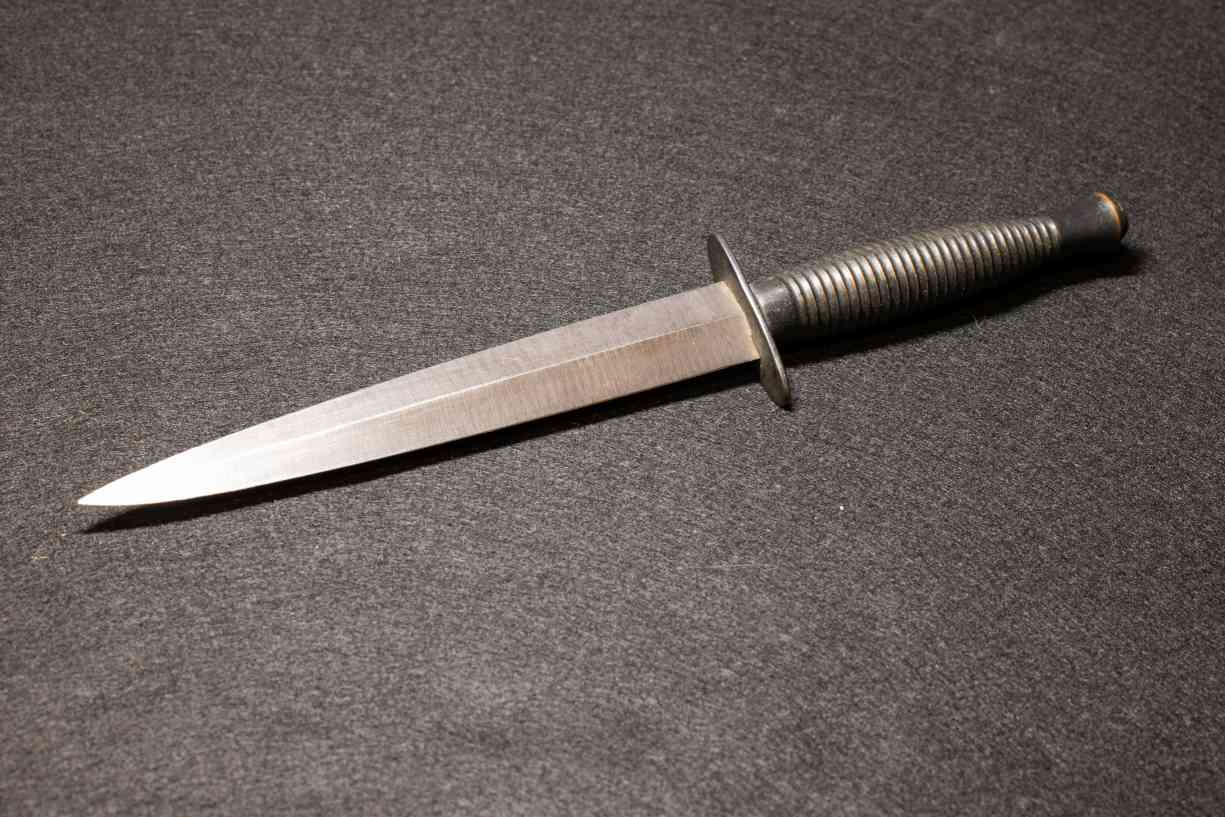
Overall, AUS-8 is a considerable Japanese stainless steel. Many knife manufacturers utilize different varieties of both Japanese and western-styled kitchen knives. There is also an abundance of outdoor and EDC pocket knives made from AUS-8 steel. Most notably, Cold Steel, a popular American knife manufacturer, uses AUS-8 in their tactical knives.
The adequate edge retention for average users, proven corrosion resistance, and easy sharpening are the highlights of AUS-8. The main downside of AUS-8 is the relatively inadequate toughness that can give chipped edges under stressed work. Again, for average users, it’s a satisfying one to use.
AUS 8 steel vs. other steel
AUS 8 steel vs AUS 8A steel
AUS-8 and AUS-8A are pretty much the same. There aren’t any differences between the two. Some makers call it AUS-8; some call it AUS-8A or 8A for short. Additionally, the heat treated AUS-8 is also referred to as AUS-8A by some knife manufacturers.
All in all, AUS-8 and AUS-8A are the same steels with no differences in chemical makeup. The properties we get from them have no noticeable differences aside from the changes coming with knife makers as everyone forges a blade somewhat differently.
AUS 8 steel vs. other Japanese steel
AUS-10 is a slight step up from AUS-8 steel. Although AUS-10 has better edge retention and a sharper edge, both have similar toughness, corrosion resistance, and sharpening ease.
VG-10 is high-grade Japanese steel mainly used for forging Japanese kitchen knives suited for more frequent use. It has superior edge retention and sharpness to the AUS steel series but is a tad bit harder to sharpen.
SG2, also known as R2, is powdered steel with high hardness, up to 64 HRc. It offers more pleasing edge retention, corrosion resistance, and toughness than all the above. However, it takes some time to sharpen. It’s better-fitted steel to make kitchen cutlery for professional chefs.
ZDP-189 is an incredibly hard powdered steel that provides superb wear resistance and edge retention and can reach hardness up to 70 HRc, followed by a rather complex cold treatment. The knives made from ZDP-189 are famous for their edge retention. The only downside is they have somewhat poor corrosion resistance, and the high wear resistance makes ZDP-189 hard to sharpen.
AUS 8 steel vs. 440 series steel
The most comparable steel in the 440 series to the AUS-8 is the 440C. Despite having more carbon content, both have a similar degree of hardness and edge retention. The primary differences are that AUS-8 has a finer, sharper edge than 440C and is easier to sharpen. 440C has a high carbide volume, and the cutting edge isn’t as refined as AUS-8.
In corrosion resistance and toughness, both perform similarly. AUS-8 has somewhat better edge retention. 440C is more suited for push cutting and AUS-8 for slicing. This difference in the edge makes 440C coarser, which is helpful for duties like cutting with force, whereas AUS-8 is better for delicate, precise cuts.
Summary and conclusion
AUS-8 is medium-grade steel that undoubtedly has better alternatives, but these options often come with a higher price. For its cost, AUS-8 is a viable option for kitchen knives, EDC knives, tactical knives, and many others.
LeeKnives utilize a variety of steel across many different types of knives providing both OEM and ODM services to our partners. If you are up for selling wholesale knives, contact us to request a quote.
